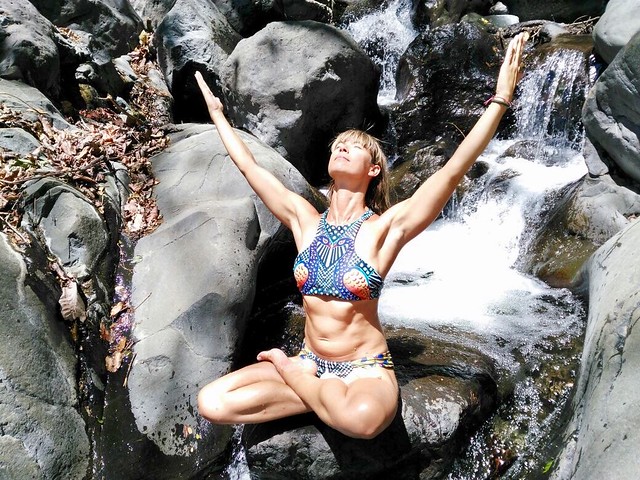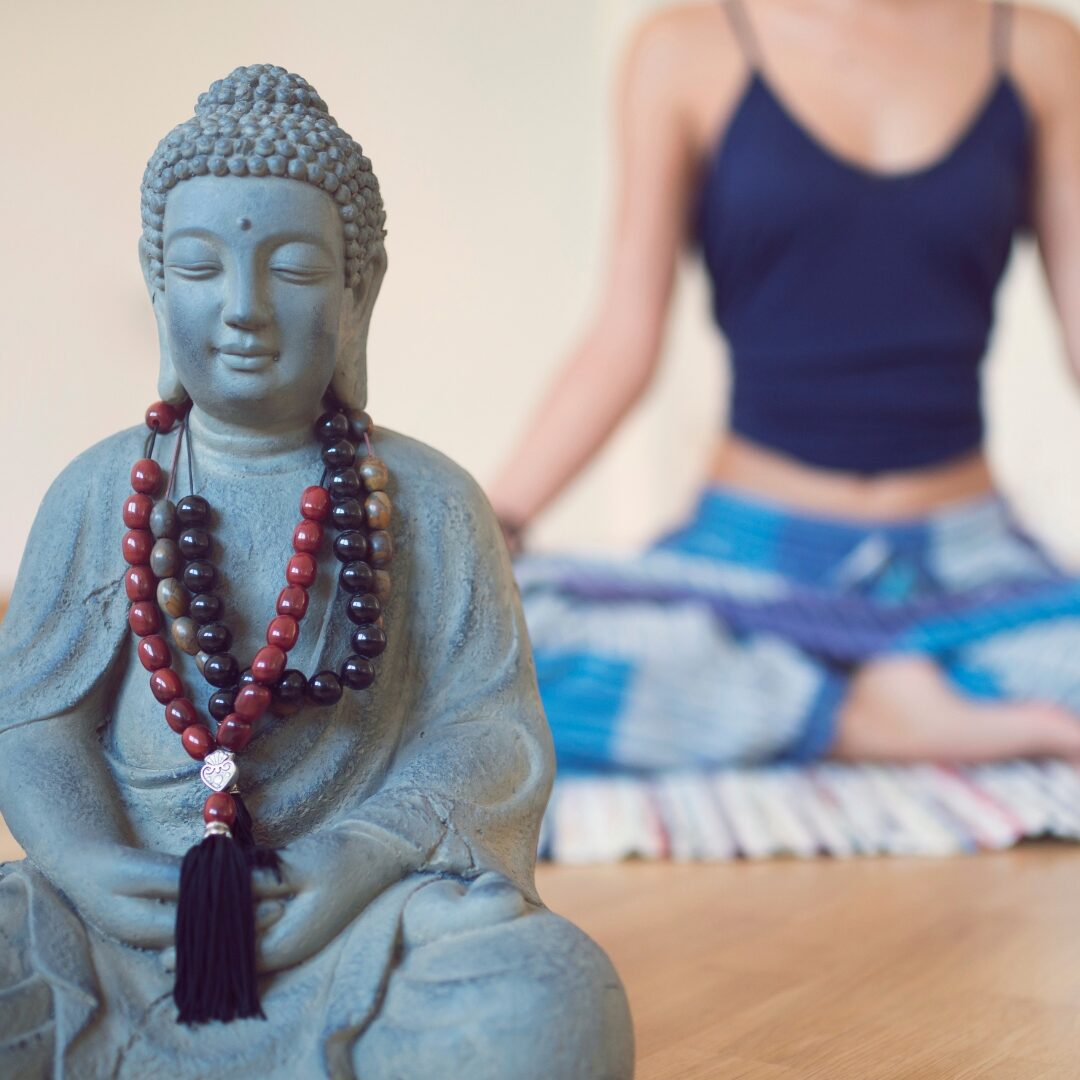The most well-known yoga mantra is ‘OM’ or ‘AUM’ often sounded at the start or end of a yoga class. During a yoga teacher training at Blue Osa, mantra is a key part of the daily practice. Mantra means a sound, type of utterance or syllable that reverberates at all your energy levels to access and open a new dimension of life to you. With proper intention and meaning, we conduct repetition and meditative reflection on mantras to give strength and energy to the idea contained in the mantra.
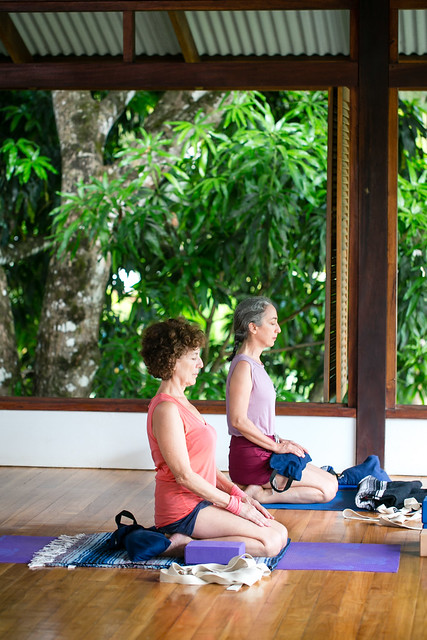
Sanskrit is not necessary. You can play – create your own in your chosen language. Craft a short positive statement about a heartfelt desire that you can say it with intention and meaning. If in Sanskrit, then make sure that you understand the meaning behind the words.
Reap the most benefits and practice it done daily for 30 to 40 days. Embed the mantra into a routine, but also when certain situations arise makes it fun and playful. Some fun examples are here.
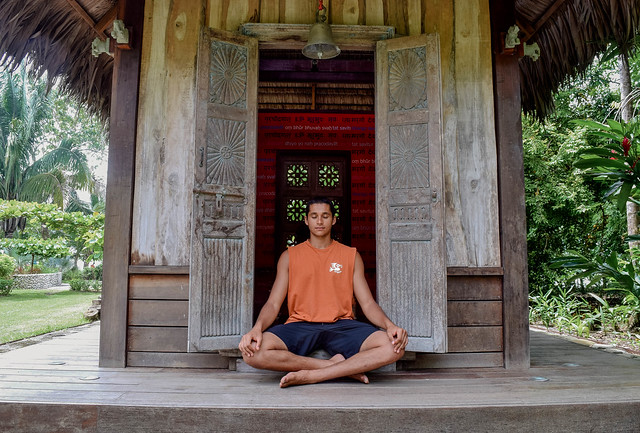
Solidifies Goals or Intentions
A mantra must be uttered, sung or meditated upon with proper intention and meaning. You should believe and feel the mantra as though it is your heart’s truest desire being lived in that moment. Repetition solidifies your intention for this to be true, it builds a feeling of belief that it exists already within you. If you do not know the meaning or ‘feel’ the meaning, then pick another one. Mantras have psycho-linguistic benefits that reinforce the subconscious mind to seed a goal in the mind. An effective mantra can help to overcome an addiction or start a new habit.
TRY IT: Pick an affirmation you are working with and make it a mantra. Repeat it with your breath cycle during your meditation (in your mind or out aloud).
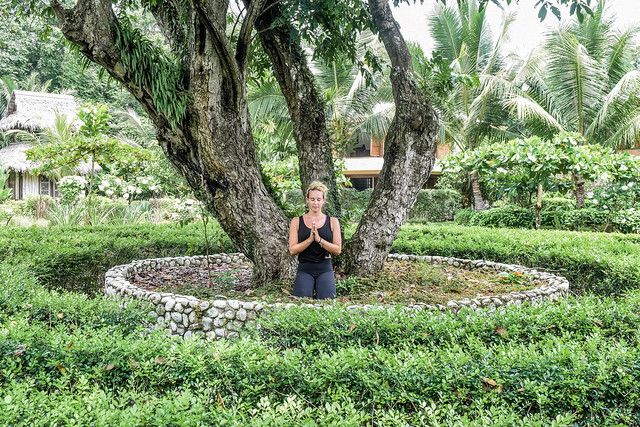
Gives Confidence
Self-doubt and fears can be drowned out when we repeat a mantra. The mind is trained with positive thoughts and helps rewire the mind’s habits from fear-based origins. If we add movement to the mantra the energy in the body is moving with the support of the mantra’s energy shifts. A faster energetic shift can occur for you to feel on top form! The mantra centers the mind and brings you back into your body rather than racing through doubts.
TRY IT: In a situation where you feel unconfident or fearful, repeat the mantra at least 15 times with a fun move in sync to the rhythm of your breath.
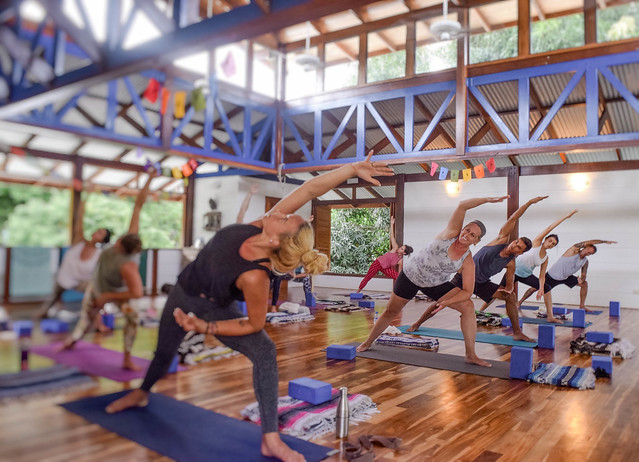
Calms Us
Studies have shown that use of mantras in meditation increase the Psycho-linguistic effect of calm throughout the body into the mind. The combination of repetition, rhythm, and if said out-loud, hearing the words blocks stress hormones and releases endorphins. All the brain waves of relaxation kick in and you begin to feel more relaxed.
TRY IT: If you feel stressed or anxious, try your mantra for at least 9 cycles. If you have mala beads then the 108 repetitions is a fun challenge!

Focus the Mind
If you choose a mantra in Sanskrit you will be learning new words, pronunciation and their meaning. Your attention is focused on the words that in turns brings you to a focal point at the end of the mantra cycle.
TRY IT: When you are struggling to focus and your attention keeps wandering, repeat your mantra at least 15 times. When you complete the mantra, try the task again.
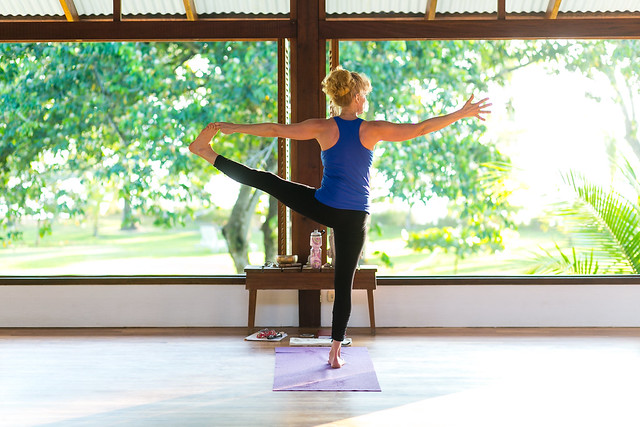
Visualise the Mantra
The more ways that we express the mantra the better. Inside your mind, said aloud, listen to a recording and write it. Memory and recall work better when we use all five senses, but there are more than the 5 human senses. Mantra vibrates energetically too. Meditation in writing or painting the mantra solidifies the expression visually for you, deepening the energetic benefits into your life.
TRY IT: Write the words in time with the rhythm of speaking the sounds. If you like the meaning of the words draw pictures of them to make a visual representation of your mantra.

Want to learn more about mantras? Join one of our Yoga Teacher Training to deepen your practice. Find out more here.
About the Author
Nid loves all her incarnations as an energy healer and coach, massage therapist, teacher of mind-body movement through yoga and Pilates, and blog writer. She is a passionate messenger on how to find your truth and live in alignment with your soul. Her work attracts people going through major life changes, long-term pain or health issues to discover how to live life with joy in mind, body, and spirit. She can be found working on retreats and online worldwide at http://www.omegamovement.org/.
